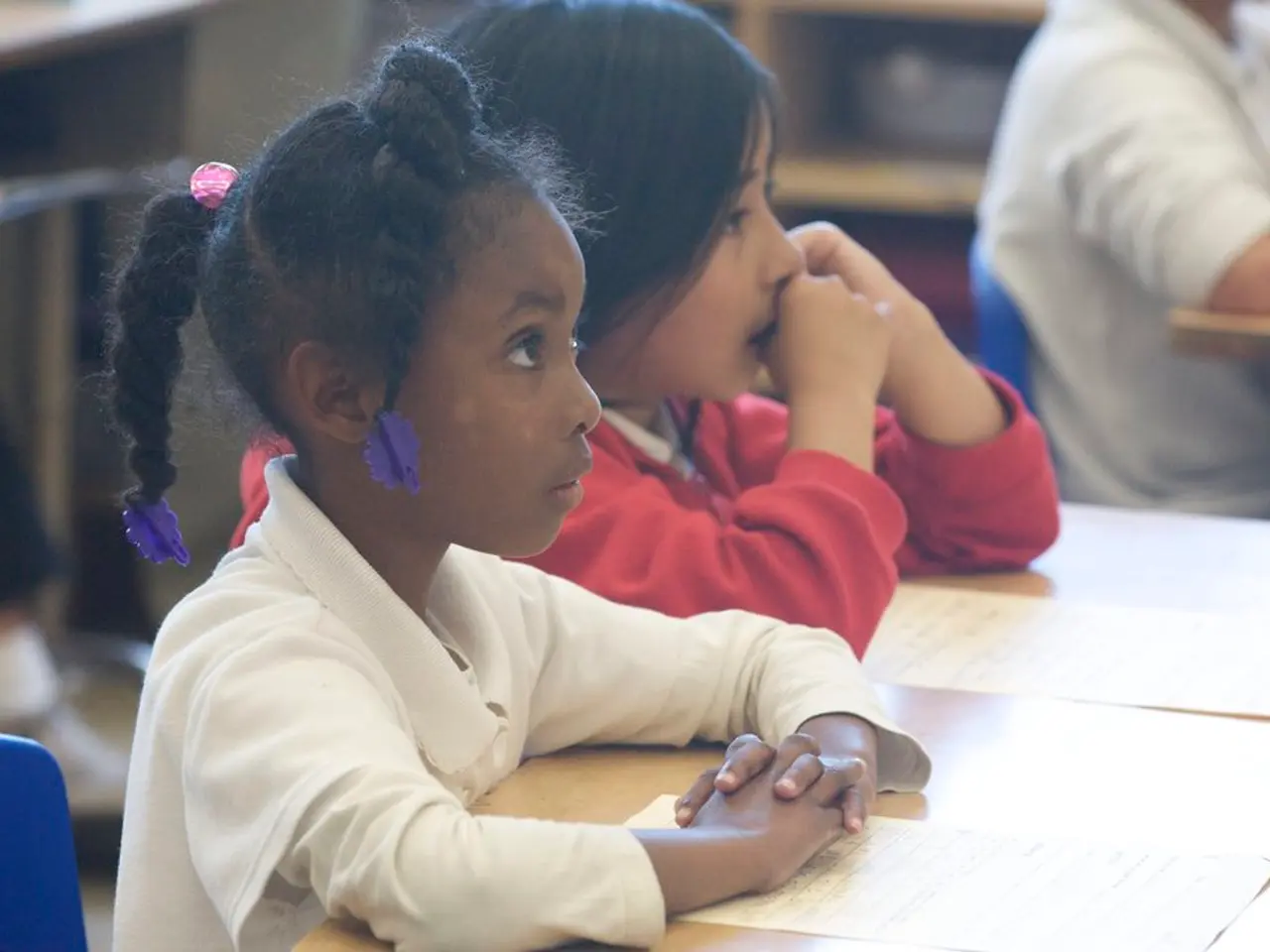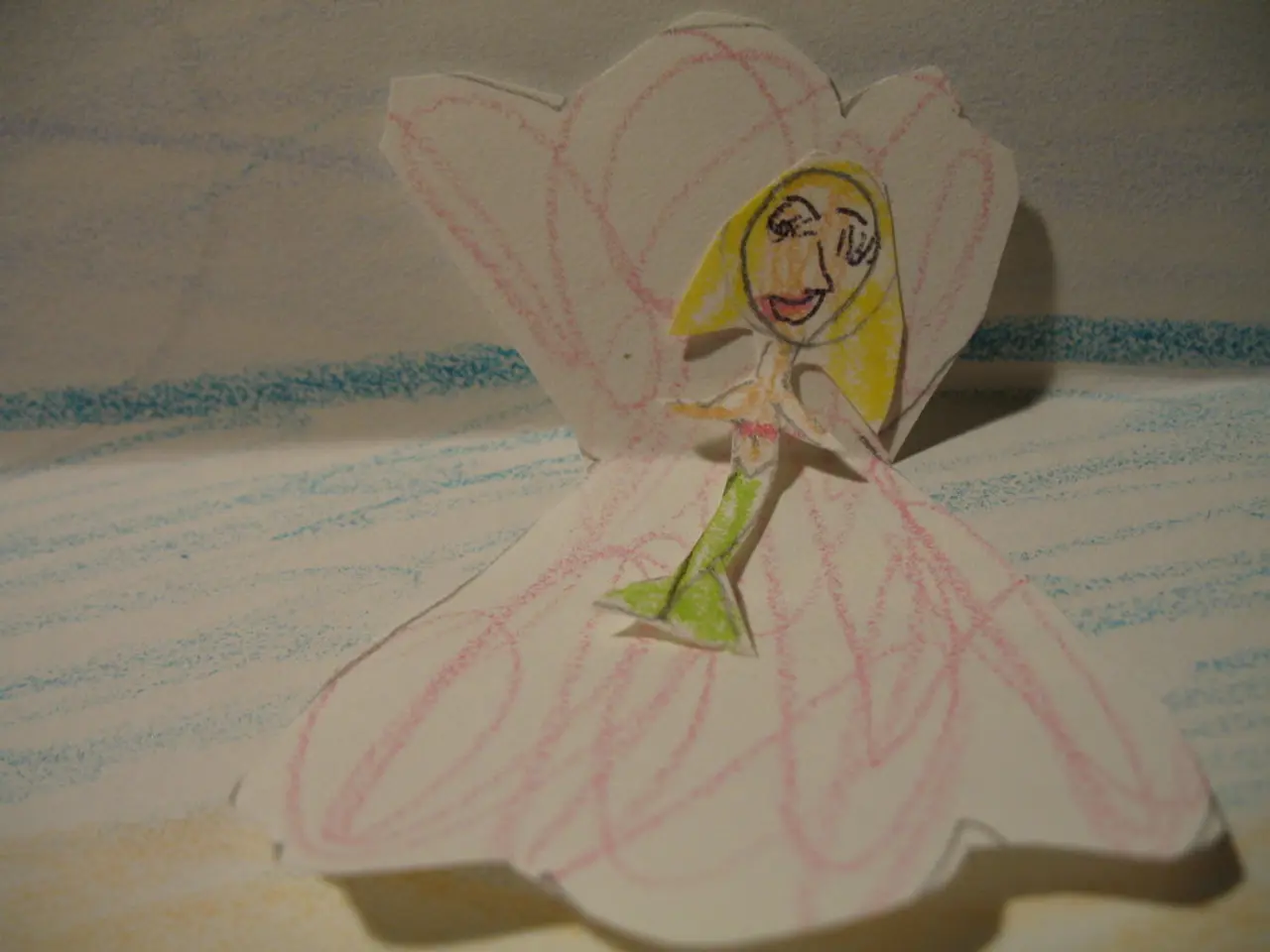Exploring Ten Ways Existentialism Can Infuse Lessons in Education
In the realm of education, a philosophical shift is taking place, one that emphasizes personal meaning and growth over just the acquisition of knowledge. This shift is towards existentialist education, a philosophy that prepares students for lifelong learning and self-discovery.
Existentialist education seeks to create an environment where students feel empowered to question, reflect, and take ownership of their education. It fosters independence, critical thinking, and resilience by valuing authenticity and encouraging students to express themselves without fear of judgment.
In practice, existentialist teaching methods foster a classroom climate that supports student autonomy and self-discovery. Teachers act as facilitators, guiding students in examining their own values, beliefs, and life projects. Open-ended discussions about human existence, freedom, and responsibility are common, heightening students’ engagement by relating learning to personal meaning and lived experience.
Existentialism's applications in the classroom are diverse. For instance, it encourages students to express their unique voices through creative projects, facilitates discussions about individual beliefs, moral dilemmas, or life choices, and promotes self-directed learning. It also creates a supportive environment where students confront "limit situations" such as failure, fear, or uncertainty, enabling them to develop resilience and understanding of human finitude and potential.
These applications aim to nurture autonomous, reflective, creative individuals who are capable of making responsible choices in their academic and personal lives. Student-driven assessments, like projects, portfolios, or presentations, allow learners to demonstrate their knowledge in meaningful ways and empower them by giving them a say in how they are evaluated.
In an existentialist classroom, teachers guide students in setting realistic yet meaningful goals for academic improvement, personal growth, and skill development. Existentialist literature, such as works by Sartre, Camus, and Kafka, encourages students to think about freedom, responsibility, and the meaning of life. Classroom discussions about fundamental human questions, like the purpose of life and personal freedom, develop critical thinking and encourage students to form their own perspectives.
In essence, existentialism in the classroom shifts education from passive learning to active engagement, making learning more relevant and fulfilling for students. By embracing existentialist principles, teachers are not just educators but facilitators of personal growth and lifelong learning, helping students navigate the complexities of life with resilience and self-awareness.
[1] McWilliam, E. (2004). Existentialism and education: Teaching and learning as a human activity. Routledge. [2] Noddings, N. (2005). Happiness and education. Teachers College Press. [3] Dewey, J. (1938). Experience and education. Perennial Classics. [4] Sartre, J.-P. (1948). Existentialism is a humanism. Philosophy Magazine, 23(124), 13-25. [5] May, R. (1983). Existentialism: A basic reader. Wiley-Blackwell.
- The shift in education focuses on personal growth and meaning, beyond just the acquisition of knowledge, aligning with existentialist philosophy.
- Existentialist education fosters a classroom where students feel comfortable for questioning, reflecting, and taking ownership of their learning journey.
- Critical thinking, resilience, and independence are fostered in the existentialist educational environment, with authenticity and self-expression encouraged.
- In the classroom, teachers serve as facilitators, guiding students to examine their values, beliefs, and life projects, promoting self-discovery.
- Open-ended discussions about topics like human existence, freedom, and responsibility are common, connecting learning to personal meaning and experiences.
- Existentialist methods in teaching also cater to diverse applications, such as encouraging students to voice their unique thoughts through creative projects or exploring individual beliefs and moral dilemmas.
- Personal growth is promoted within an existentialist classroom, giving students opportunities to develop resilience in facing "limit situations" like failure, fear, or uncertainty.
- Embracing existentialism, teachers become facilitators of personal growth, lifelong learning, and self-awareness, moving education from passive to active engagement.
- Students are empowered through student-driven assessments like projects, portfolios, and presentations, which allow them to showcase their knowledge in meaningful and relevant ways.
- Existentialist literature, such as Sartre, Camus, and Kafka's works, encourages critical thinking, and self-reflection, prompting students to ponder over life's fundamental questions like freedom and the meaning of life.




